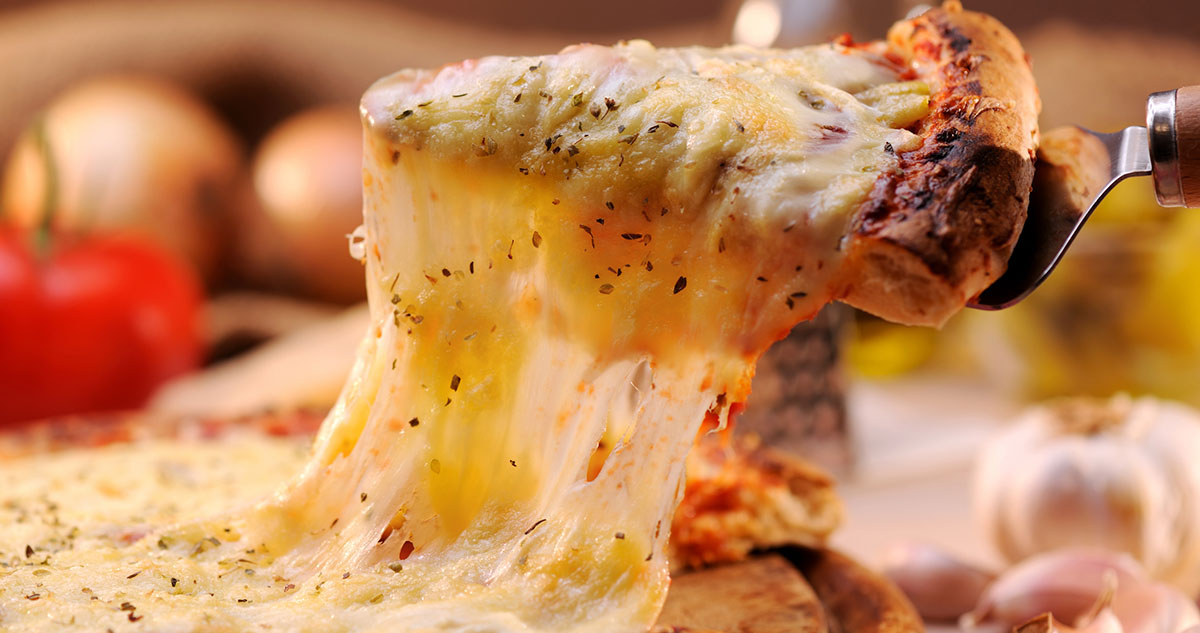We worry a lot about what we eat, what we don't eat, what makes us fat, what doesn't make us healthier. Yale researchers find that It has been studied.And how the central nervous system reacts to different foods, and it was found that fatty, oily and high-calorie foods were clearly the most attractive. “or Our taste receptors love these flavors because of evolution or learned behavior.Dr. Ina Hussein said IFLScienceto.

Photo: Getty Images
We add that this is also the reason why most of us find it difficult to follow a strict diet.
When cheese melts, the fat trapped in the milk protein structure is released and creates a creamy texture. However, not all cheeses melt equally and it depends on the ratio of lactose to fat to protein. Cheeses with a higher fat content will be softer and creamier, but the pH value, for example, is also an important issue when melting cheese.
According to the research paper, heating releases not only fat, but also amino acids such as glutamate, which have an umami taste — the so-called “fifth taste” alongside sweet, sour, salty and bitter.
Add to that the fact that the creamy texture is more likely to coat the taste buds more evenly than cold cheese, and it's perhaps understandable why people love melted cheese so much.






